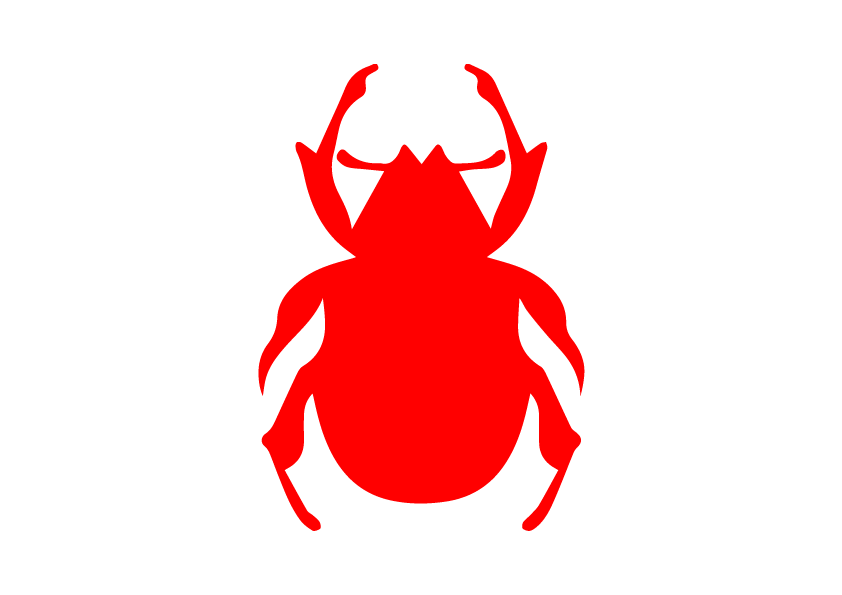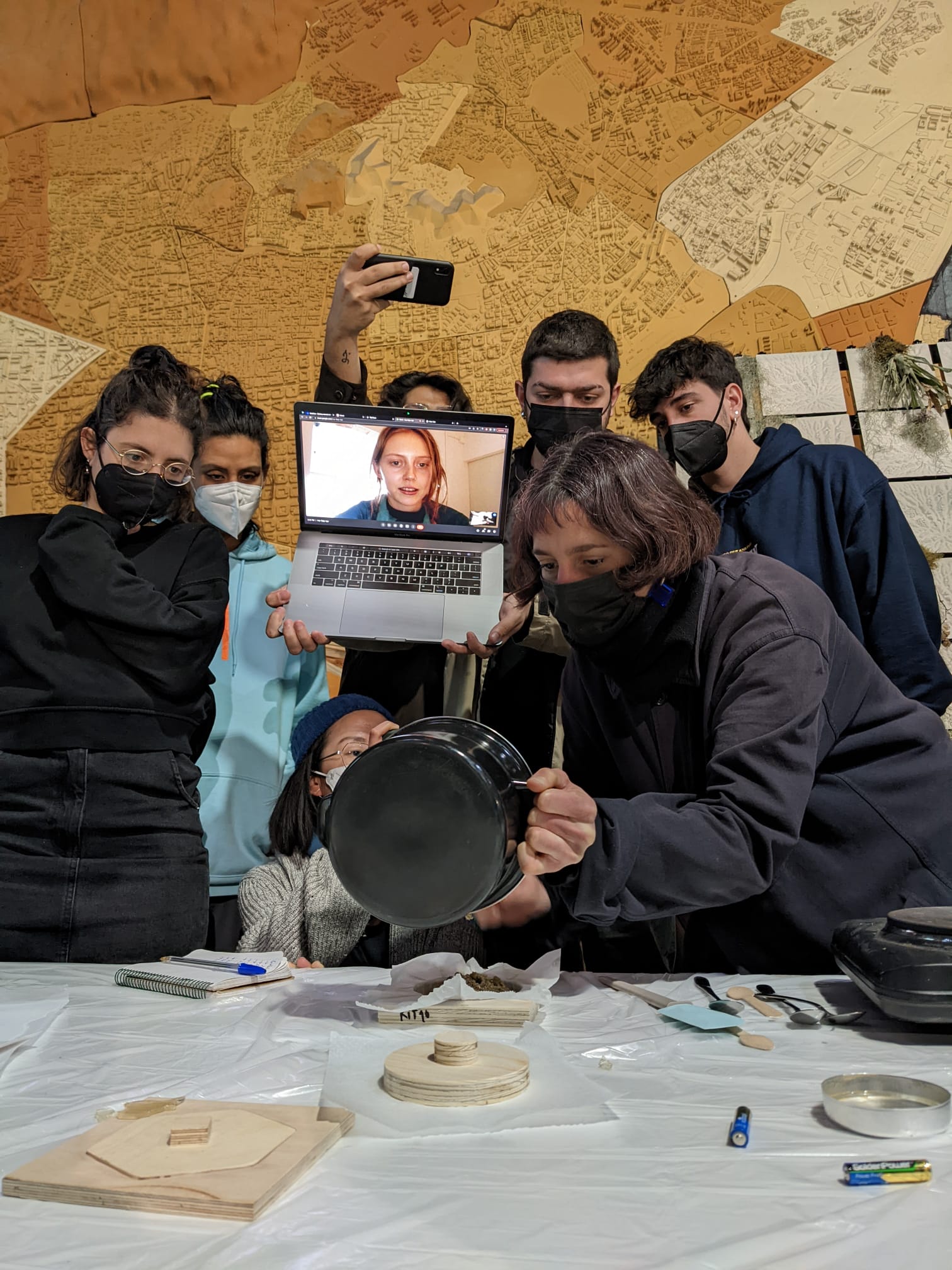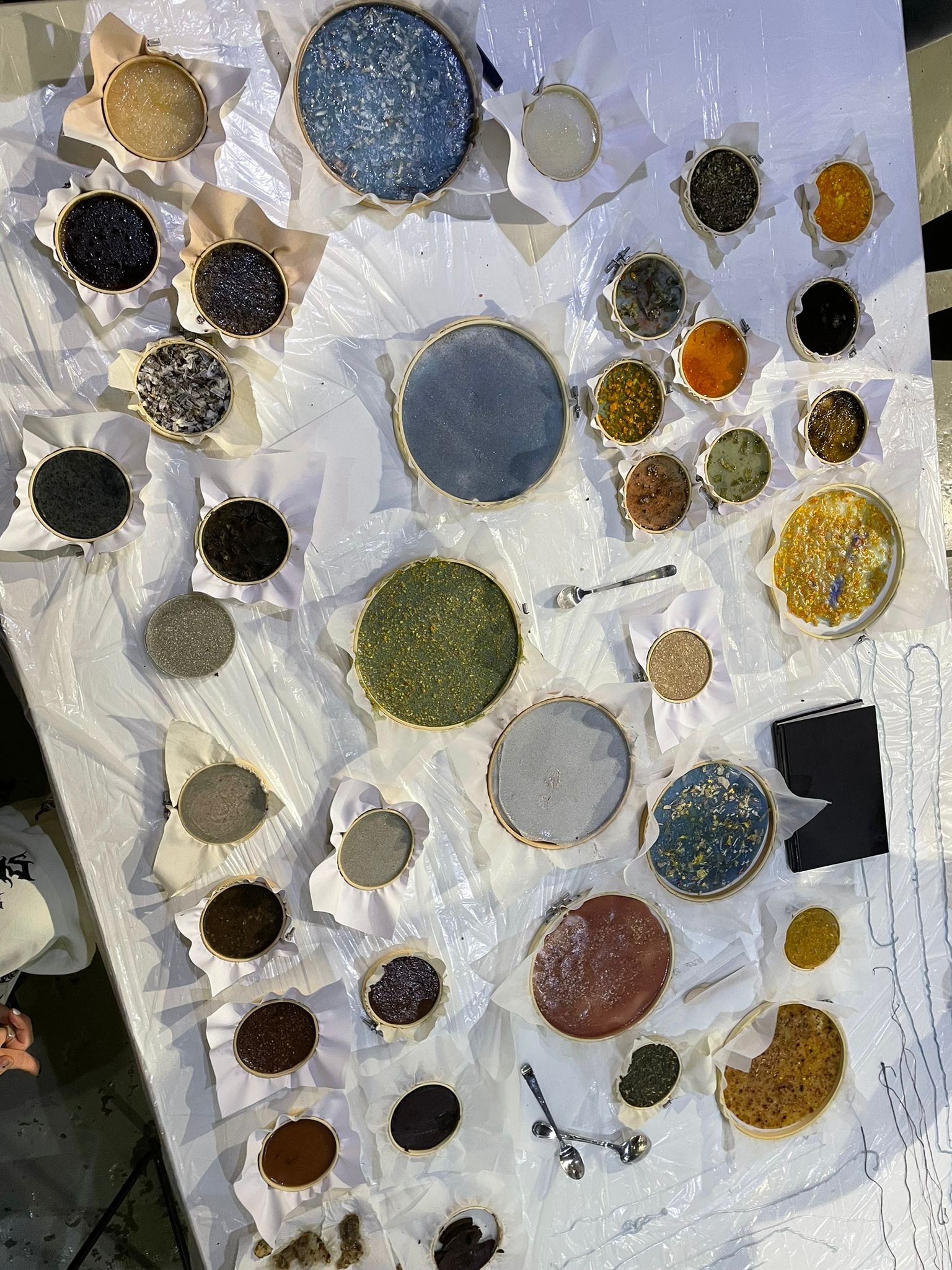


Coffee material

Cooking session


Material samples

Flowers in the cemetery







Week 01 Remixing materials.
Materials have an intrinsic relationship with culture. All the objects, clothes, or infrastructure that surround us have been designed under the culture and have the power to modify it. Like many things, materials that are scarce or have an expensive production process are considered precious or rare, this value is only provided by humans and not all cultures define the value of the material on the same scale.
Nowadays we have been developed many materials using the techniques that historically we had, but now we are seeing the impact of so many non-degradable materials and how they affect our ecosystem. In the last years, so many designers and researchers have been developing biomaterials with more consciousness about the circularity of their life cycle and the localness of providers.
I am interested in the material-driven design concept as a way to engage communities through searching in the local context the possible sources of new materials.
Biocomposites with coffee grains: these materials are dense, rigid and biodegradables, depending on the biopolymer used they can be antibacterial and reusable. Depending on the use these materials can be harmonious as we see in the photograph creating coherence with the use and the function.
In the material development, I found two references that I enjoy:






We had the chance to experiment with different recipes of biomaterials using food waste and pigments. Before the workshop, we collected food waste, in my group we had coffee grains, crab shells, eggshells, and orange peels. To dry it we used the oven at a low temperature for two hours. Then, we ground the waste in different sizes to experiment with the texture.
It was surprising how some materials evolve during the drying process (alginate and gelatine) and some not (pine resin).
After that, we continue developing the pine resin recipe with crab shells and coffee grains and we tried to make different molds. We tried to understand the proportions between biopolymer and food waste to have the material enough liquid to fill the mold. To do that we increase the quantity of pine resin. As we didn’t have so much time we continue to develop this recipe in the second part of the seminary.
Week 02 Materials in context.
Waste is something that is linked to the context. We analyse the neighborhood context of Poblenou, we started to walk around and ask a few small businesses to have a general idea of the kind of waste we have around us. Poblenou is a neighborhood where are amount of coffees and restaurants. We asked some questions like what kind of waste? How often? How the business recycles?. We found some opportunities around food waste and flower waste. We decided to focus on coffee grains as a resource and flower waste found at the cemetery in Poblenou.
Looking for projects references, we achieve some new visions around the use of waste. Some questions emerged around the use of the future material: Could be eaten? Could be degradable? Do I want the biomaterial to last forever?...


After thinking about all of these questions I chose to work with dried flowers from the cemetery as a raw material to develop products that help with the mourning process. Those products, plant-based have to be biodegradables and return at some point to the “earth”. As we had only one week to develop the material I choose pine resin as the binder material. Then I realized that mixing flowers with other materials could be a better option to degrade and better understand the mourning phases. As products where the material can be applied we can find:

The next steps could be researching new ways of mixing the raw material to have new material's properties and meanings.